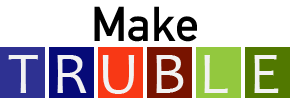Optimal Foraging in Swirl
Author(s): Mary Elizabeth McWhirt1, Emily Weigel1
Georgia Institute of Technology
898 total view(s), 365 download(s)
Optimal_Foraging.swc(SWC | 6 KB)
Optimal Foraging Datasheet.xlsx(XLSX | 18 KB)
Optimal Foraging Lesson Plan.pdf(PDF | 116 KB)
Optimal Foraging Worksheet.docx(DOCX | 19 KB)
- License terms
Description
Overview: This lesson centers around the marginal value theorem (MVT, Charnov 1976), which describes how animals should forage in patches. The students will complete a lesson in R to practice using data they will collect directly as they ‘forage’ in an in-class lab. Specifically, they will practice creating vectors and tables of data to use in plotting and creating an ANOVA to compare high-, medium-, and low-density patches by their associated giving-up time (GUT) data. Students are then expected to repeat the coding steps they learned in R with example data to later test a hypothesis of their own.
Learning objectives:
|
|
|
Cite this work
Researchers should cite this work as follows:
- McWhirt, M. E., Weigel, E. (2019). Optimal Foraging in Swirl. Make Teaching with R in Undergraduate Biology Less Excruciating, QUBES Educational Resources. doi:10.25334/38NY-HP77
